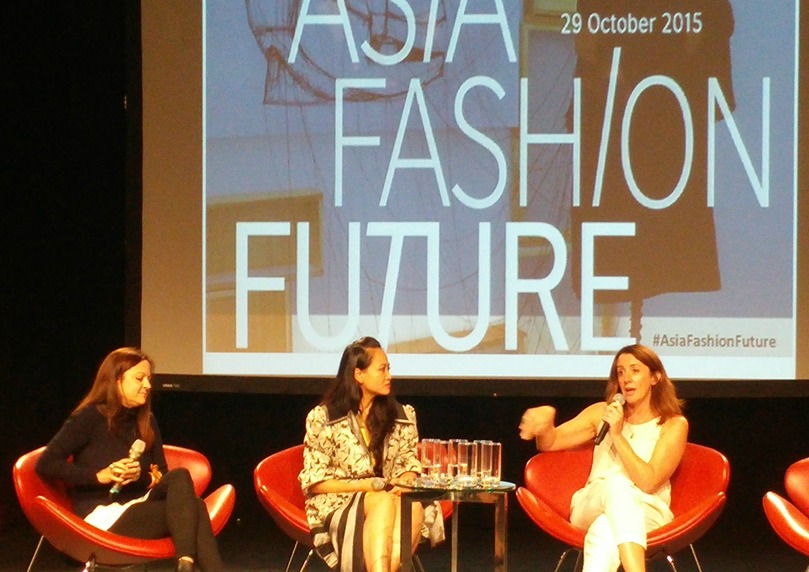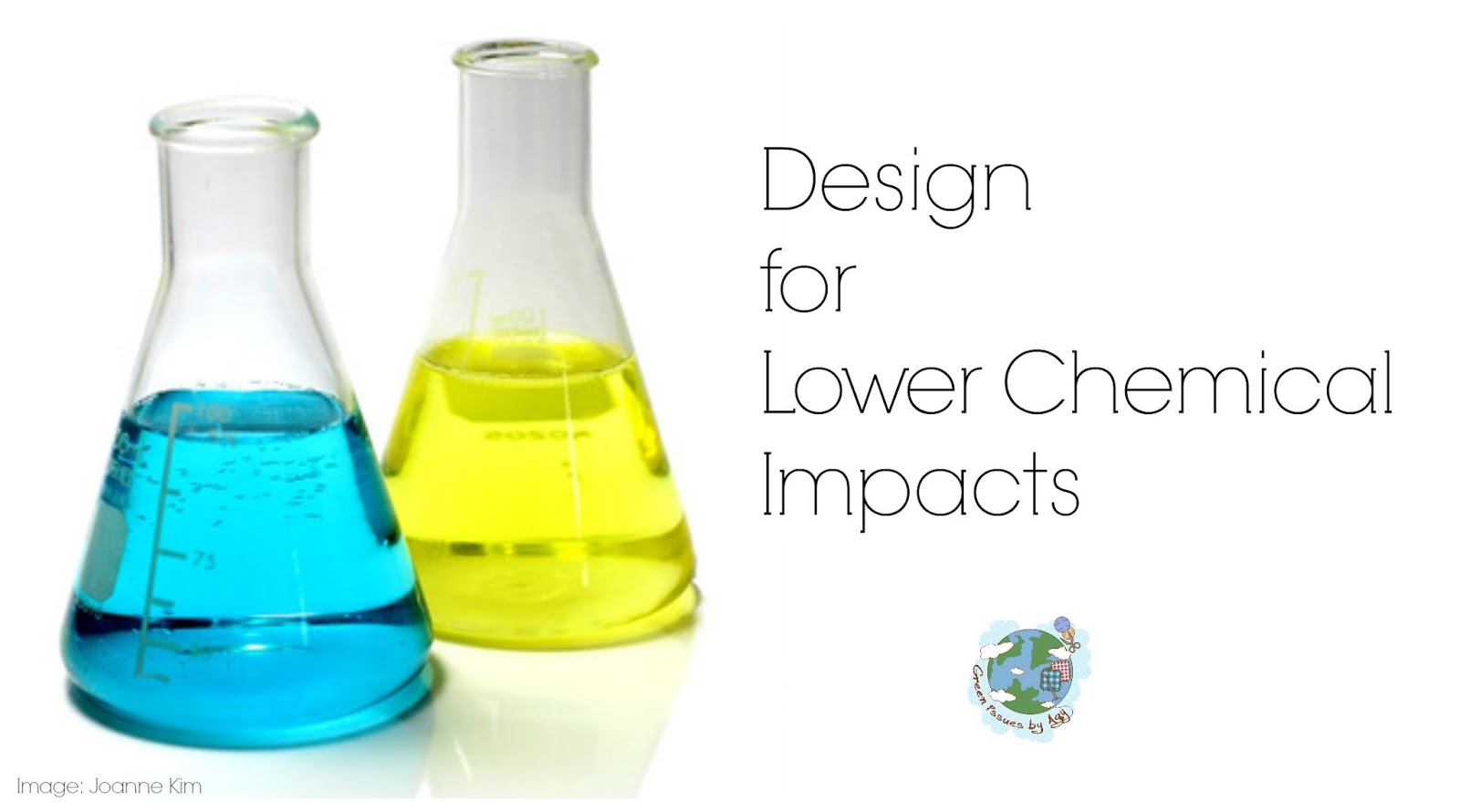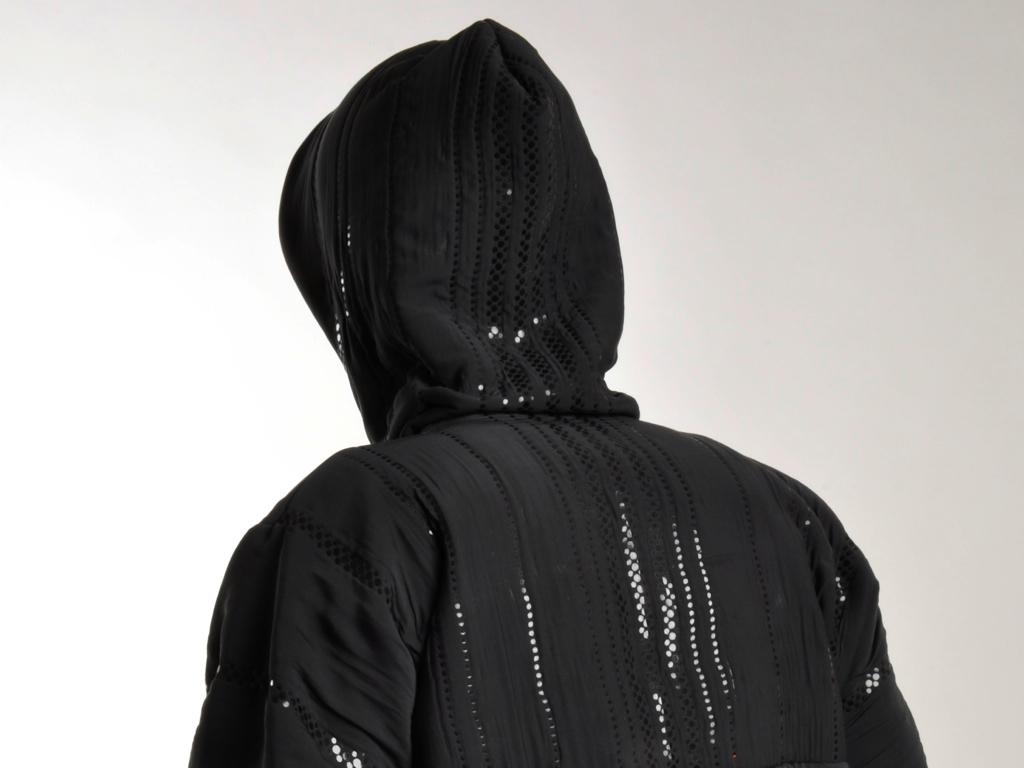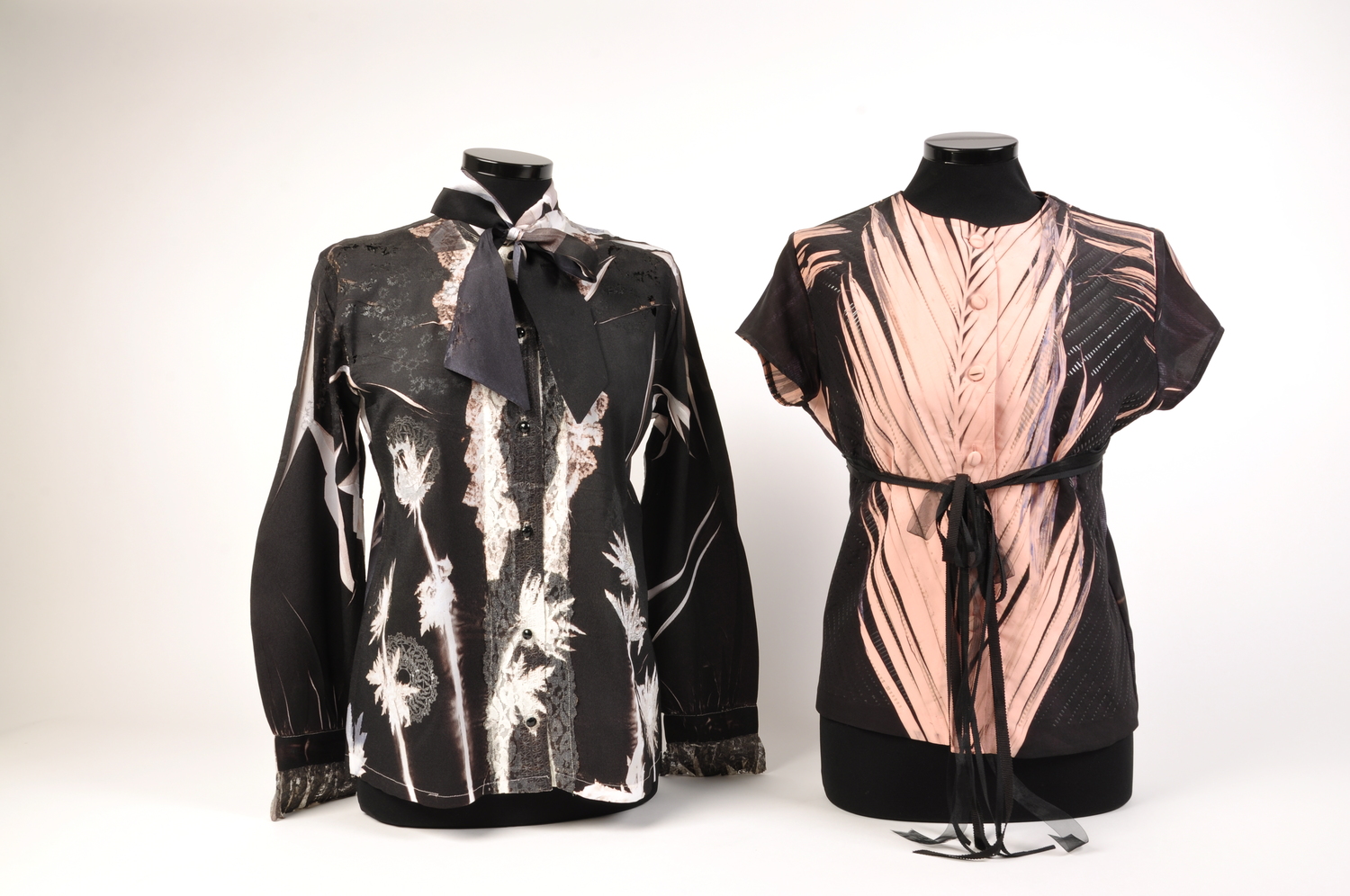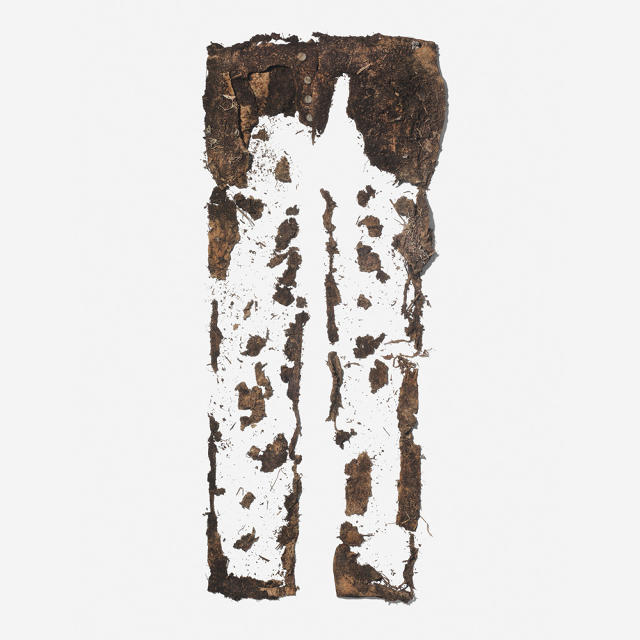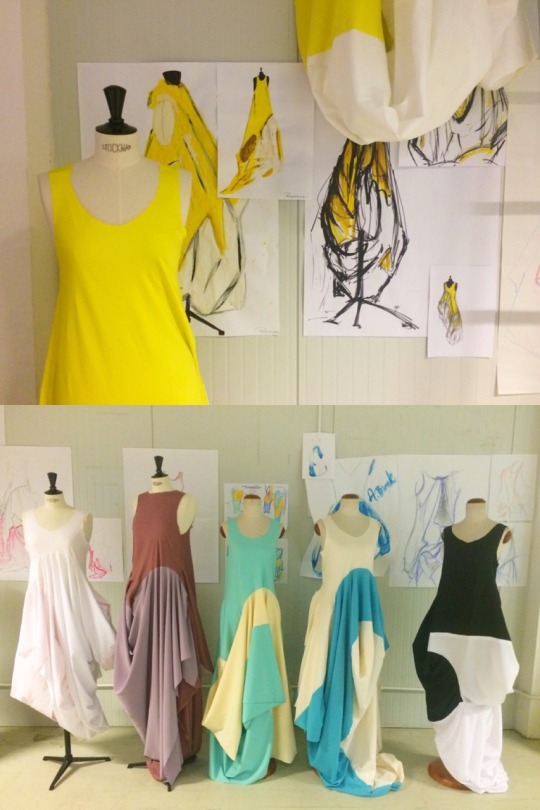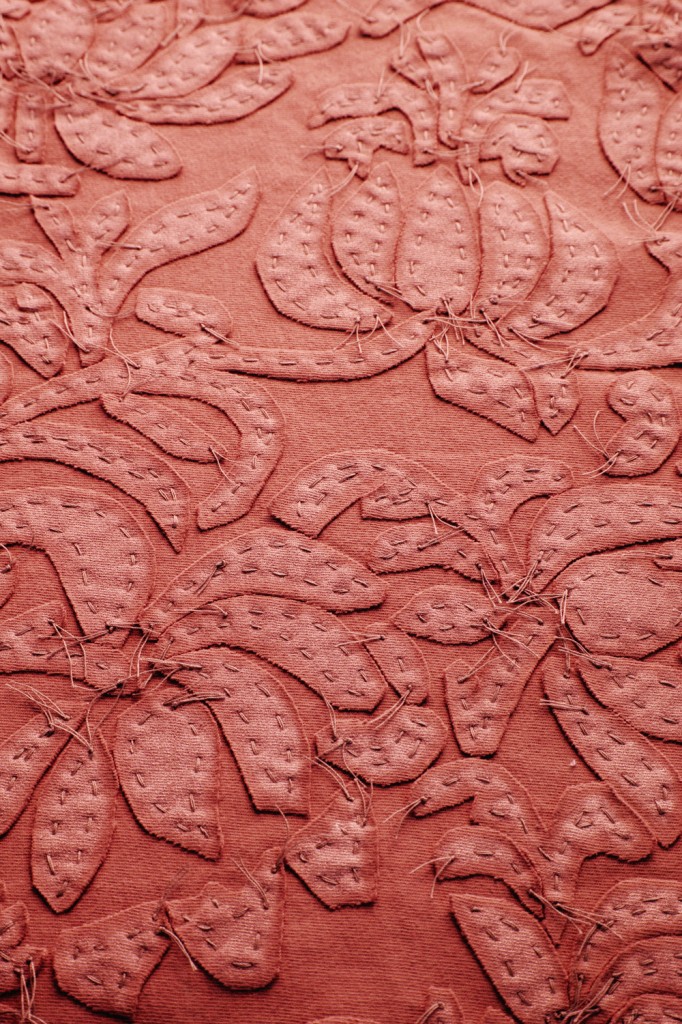When communities started to weave their own fabric, they realised colour could be added to the yarn or thread through various natural dye techniques. Intricate and colourful patterns were incorporated into the textiles by the artisans, each one telling a story through their hands. Weaving colour, however, has limitations when creating more complicated patterns, and eventually block printing (which was originally used to print text) was applied.
Block Printing
Block printing is traditionally achieved through carved woodblocks. If the artisan is planning on printing different colours on the fabric, the same pattern would have to be cut many times onto separate woodblocks - each block would have different parts cut out where the colour was not required. Once the blocks are completed, they are then cured in oil to ensure that they are waterproof.
Fifth Generation Block Printing Artisan
My friend and I got the chance to try out block printing at Matter's block printing workshop in November last year. Fifth generation block printing artisan and Matter artisan partner, Khushiram Pandey, was flown in from India to share his expertise. For those of you who are not familiar with the brand, Matter is a Singapore-based socially motivated fashion brand and work with artisanal communities around to produce designs inspired by tradition.
From the session, I was amazed to learn that the journey from creating the print design to eventually transferring the dye to the fabric could take up to several weeks to complete. It would be so much easier and cheaper to use silk screen printing instead, but coming from a long line of artisans, Khushiram is passionate about preserving the traditional craft of block printing.
From the session, I was amazed to learn that the journey from creating the print design to eventually transferring the dye to the fabric could take up to several weeks to complete. It would be so much easier and cheaper to use silk screen printing instead, but coming from a long line of artisans, Khushiram is passionate about preserving the traditional craft of block printing.
Being a textile lover, I was very excited to learn. I had chosen to print on a silk-cotton blend scarf. Although we were not able to use natural dyes (as what Khushiram usually uses) or carve our own blocks, we did get to explore the many woodblocks he had brought to the workshop.
Block Printing is Not Easy
Block printing is not easy - I hear your inner child shout, "But didn't we all block print with potatoes when we were children?". Block printing is an art form. There are many elements to perfect:
- Design - I stood in front of my square for quite a long time before I decided on the design I wanted. With so many block print designs to choose from, I didn't want to go overboard and end up with a kitsch look.
- Preparing the dye - one of the key components to block printing is ensuring the dye is of the right consistency. It was the first time I had seen dye seeped through a cotton and bamboo mat. Kushiram explained that this was important to ensure an even amount of dye coated the block.
- Technique - Khushiram demonstrated how to dip the block into the pre-soaked mat of dye and the technique used to get a clean print. You could not be too heavy handed with the printing and he suggested that we practise a few times on the mat before working on our piece.
Incorporating the Scarf into My Wardrobe
I was very happy with the outcome of the workshop, and not to mention I learned something new. As you can see from the photos, I settled for dots, triangles and lines. I was already thinking about how to incorporate it into my wardrobe. Eventually, I settled on upcycling my mother's wedding dress with the scarf.
Preserving Tradition - Wedding Dress
My parents got married in the seventies. It was the era of platforms, lace and balloon sleeves. My mum made her wedding dress and kept it for me. Unfortunately, the style was not right for my wedding but I decided to upcycle it (30+ years later and yes, I did as my mum's permission!). There is so much fabric on this dress to use that I made myself a top and I still have enough to make another.
This dress has a lot of memories - I took it out again from the wardrobe and spotted some confetti from the occasion.
The top that I made was slightly boat necked and had bat sleeves. I only had enough of the scarf to make the front part of the garment, but fortunately I was able to use the wedding dress material for both the back and front panels.
It's so lovely to have a garment that's block printed and upcycled from a wedding dress! It definitely gives preserving traditions a new meaning. Here I am in my new top paired with Matter pants. Stay tuned to see what happens to the other half of the wedding dress.














